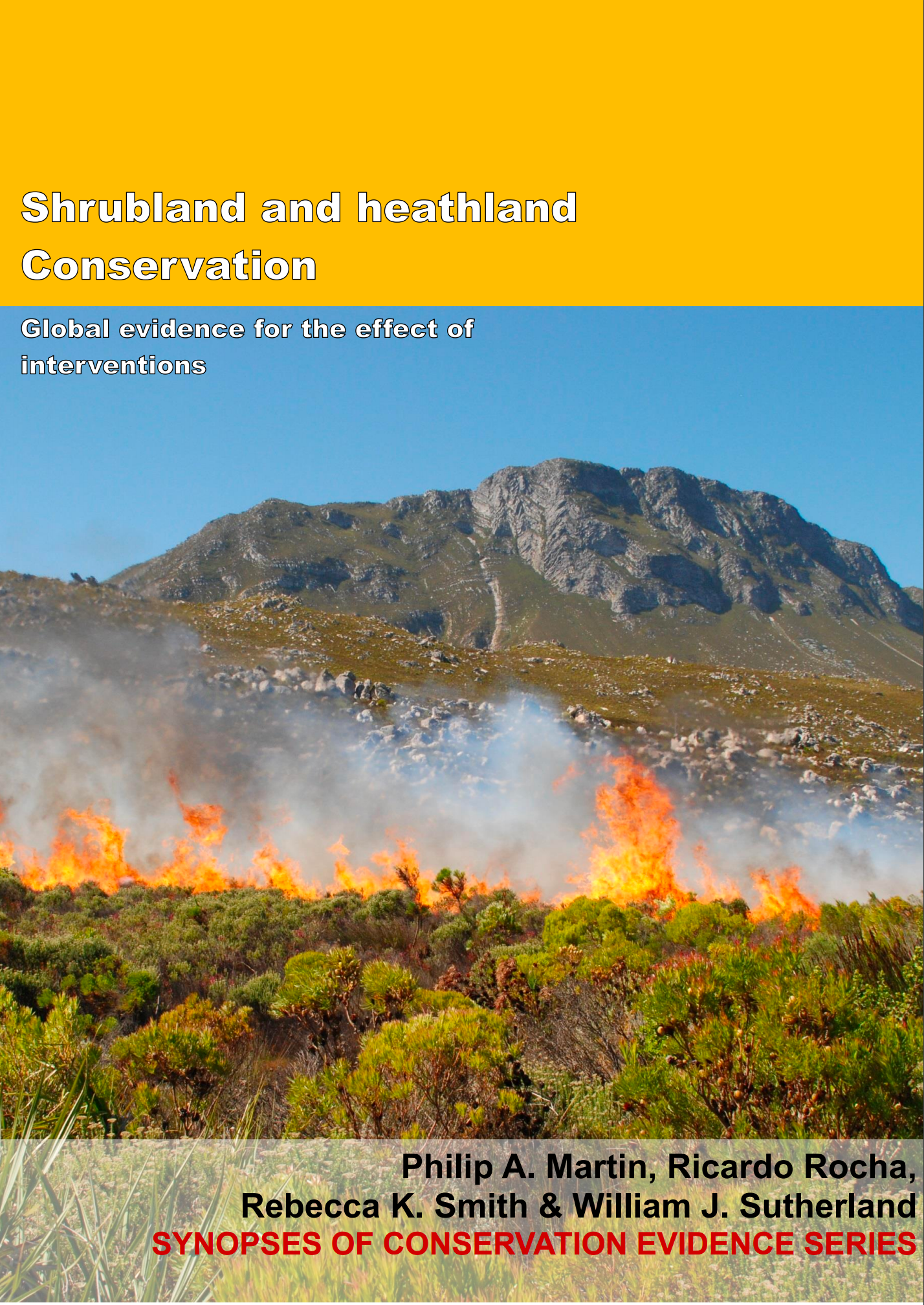Disturb topsoil
-
Overall effectiveness category Unknown effectiveness (limited evidence)
-
Number of studies: 2
View assessment score
Hide assessment score
How is the evidence assessed?
-
Effectiveness
10% -
Certainty
20% -
Harms
7%
Study locations
Supporting evidence from individual studies
A randomized, replicated, controlled study in 2009–2010 in heathland in Breckland, UK (1) found that soil disturbance by disking increased the abundance and species richness of both specialist and generalist plants between three and six months after treatment but only increased the abundance of generalists one year after treatment. Between three and six months after disking, abundance and species richness of specialists and generalists was higher in disked (abundance: 91; species richness: 18, respectively for specialist and generalist plants) than in untreated plots (abundance: 40; species richness: 7, respectively for specialist and generalist plants). However, one year after treatment, abundance of generalist plants was higher in disked (75) than in untreated plots (31) but neither the abundance of specialist plants nor the species richness of generalist or specialist plants differ significantly between treated and untreated plots (abundance of specialists: 57 vs 27; species richness of generalists: 11 vs 6; species richness of specialists: 9 vs 5, respectively for treated and untreated plots). Disking using a tractor-pulled disc harrow which disrupted the vegetation while provoking shallow soil disturbance was conducted in nine 150 m x 4–5 m plots located in trackways within forest stands in February 2009. Nine plots were left untreated. At each plot, plant species richness and abundance were recorded using twenty 1 m x 1 m quadrats between May and August of both 2009 and 2010. Species were classified as generalists if ubiquitous in forest and as generalists if likely to benefit from heathland connectivity.
Study and other actions testedA controlled study between 1997 and 1999 in a former pine plantation in Western Cape, South Africa (Holmes & Foden 2001) found that digging over the soil did not increase vegetation cover or the density of native plants after two years. Vegetation cover in plots where soil was dug over (45% cover) was not significantly different from that in areas that were not dug over (53% cover). The same was true for the density of native plants (dug over: 8 plants/m2, not dug over: 7 plants/m2). Forty 4 m2 plots were located in a former pine plantation that had been felled and burned. Twenty plots were dug to a depth of 10–15 cm and the soil turned over. The remaining twenty plots were left undug. A 1 m2 quadrat was placed in each plot and used to estimate vegetation cover for two years.
Study and other actions tested
Where has this evidence come from?
List of journals searched by synopsis
All the journals searched for all synopses
This Action forms part of the Action Synopsis:
Shrubland and Heathland Conservation
Shrubland and Heathland Conservation - Published 2017
Shrubland and Heathland synopsis





)_2023.JPG)














